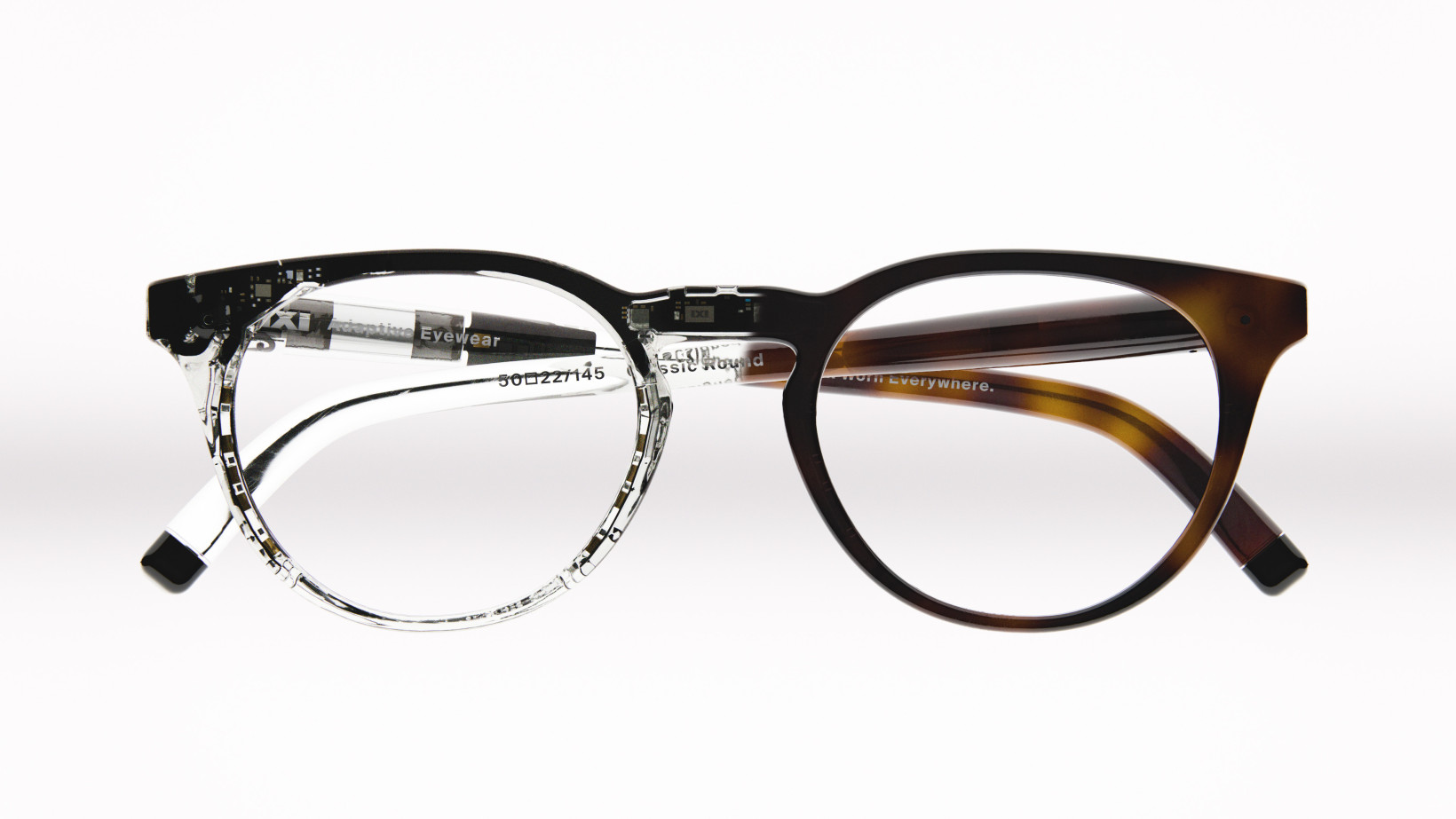What if your glasses could think for you—shifting focus from near to far in milliseconds, without the need for bifocals or switching frames? That’s the promise behind a new wave of autofocus glasses, a technological leap that seeks to replace traditional eyewear with dynamic, responsive optics.
Developed by a Finnish startup, the new glasses use liquid-crystal lenses that can change optical power instantly based on where the wearer is looking. The secret lies in the liquid crystals’ ability to rotate when exposed to an electric field. This change affects the way light travels through the lens, enabling it to refocus in real time. Integrated eye-tracking sensors constantly monitor the user’s gaze and automatically instruct the lenses to adjust for reading, distance, or anything in between.
At first glance, the frames appear similar to any modern pair of spectacles. That’s no accident. Designers knew that one of the biggest hurdles for tech-enhanced eyewear was consumer perception. Wearers don’t want to feel like they’re walking around with a device on their face. Unlike earlier attempts at smart glasses, which were often bulky or carried an obvious tech look, these autofocus glasses are sleek and understated. According to the development team, they deliberately designed them to blend in—aiming for aesthetics that wouldn’t look out of place in a standard optical shop.
A Seamless Upgrade to Traditional Vision Correction
While traditional bifocals and progressive lenses split the lens into different zones for varying focal lengths, autofocus glasses adjust dynamically across the lens area. This makes them especially promising for individuals with presbyopia, the age-related condition that impairs close-up vision, or for people with multiple prescriptions. Additionally, myopia, or short-sightedness, is increasing worldwide, making smart optical solutions more relevant than ever.
Despite their promise, the technology still faces obstacles. Early prototypes were hazy and suffered from poor image quality near the lens edges. Subsequent refinements have dramatically improved performance. In controlled trials, users were asked to rapidly shift focus between near and distant objects to test the glasses’ responsiveness. The latest models reportedly manage this seamlessly, allowing wearers to engage in reading and distance viewing without manually adjusting their glasses.
The internal battery, discretely hidden within the frame, lasts up to two days and can be recharged overnight, adding convenience without compromising on wearability. Still, because of the intricate electronics embedded in the frames, their adjustability is limited. Developers are currently working on refining the frame range to suit a broad variety of face shapes while preserving the delicate internal components.
Addressing Safety Concerns and Real-World Use
Clinical experts suggest that autofocus glasses could be a helpful alternative for users struggling with bifocals or varifocals. Yet, questions remain about their safety and consistency, especially in high-stakes tasks like driving or surgery. The concern is whether the autofocus response is quick and precise enough to handle split-second demands. Eye-tracking systems can detect common activities such as reading, but they do not pinpoint exactly where the user is focusing—raising challenges in certain real-world situations.
Unlike previous manually adjustable glasses such as the fluid-filled models developed by other companies in the early 2010s, these new autofocus glasses operate automatically, requiring no input from the user. Manual models were once sold for over $1,000, yet struggled to gain traction in the mainstream optical market due to limited support from opticians. Now, with more refined technology and better integration, the next generation aims to overcome those barriers.
While several firms are pursuing similar developments, the market is watching closely to see which will successfully launch a commercial product. Pricing remains speculative, with estimates suggesting a cost above £1,000, although no official figure has been announced.
The Future of Smart Eyewear and Myopia Management
At the same time, vision science continues to advance. Researchers in optometry and visual sciences are now working on lens designs that go beyond correction—such as special rings or patterns within the lens that intentionally blur peripheral vision to slow the progression of myopia in children. Glasses with such designs are already used in dozens of countries and have demonstrated effectiveness in reducing eye growth associated with short-sightedness.
British developers are even exploring glasses that use contrast-reduction techniques to manage myopia progression. Meanwhile, some scientists are pushing further—toward reversing myopia altogether. One researcher involved in developing myopia-slowing technology hints that reversing improper eye growth is not only possible but supported by growing data. If proven feasible, such advancements could benefit billions of people globally who struggle with vision problems.
For now, smart glasses with autofocus lenses represent a promising midpoint between innovation and practical application. As the world’s population continues to age, and eyesight problems become more prevalent, dynamic solutions like these could mark the beginning of a new era in personal vision care.
Whether they can truly replace traditional eyewear for everyday users remains to be seen—but the technology has already shifted expectations. Glasses may never be the same again.







